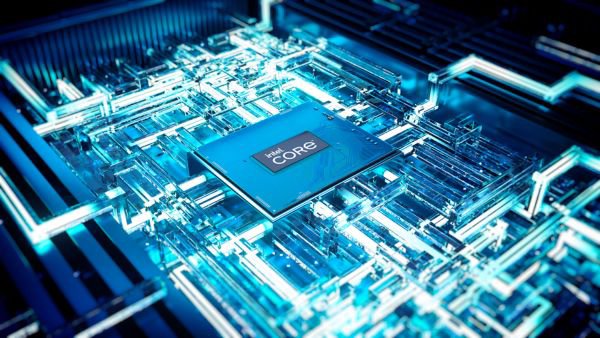The AI PC Developer Program and the inclusion of independent hardware vendors are the two new artificial intelligence (AI) initiatives that Intel Corporation announced today as part of the AI PC Acceleration Program. In Intel’s mission to empower the hardware and software ecosystem to optimize and maximize AI on over 100 million Intel-based AI PCs by 2025, these significant milestones are being reached.
What the New Programs Do: To provide a seamless developer experience and facilitate the large-scale adoption of new AI technologies by software developers and independent software vendors (ISVs), the AI PC Developer Program was created expressly for them. It offers access to developer kits containing the newest Intel hardware, which includes the Intel® CoreTM Ultra processor, as well as tools, workflows, and frameworks for AI deployment.
Developers now have easy access to AI PC and client-focused toolkits, documentation, and training through the updated developer resource pages. The purpose of these compiled resources is to assist developers in optimizing AI and machine learning (ML) application performance and accelerating new use cases by fully utilizing Intel Core Ultra processor technologies.
As part of Intel’s global partner network, which aims to optimize AI performance in the PC industry, developers can become members of the AI PC Acceleration Program.
The opportunity to prepare, optimize, and enable their hardware for Intel AI PCs has been extended to independent hardware vendors (IHVs) through the AI PC Acceleration Program. The Open Labs at Intel are available to qualified partners, where they can receive early-stage technical and co-engineering support for their hardware solutions and platforms. Additionally, Intel makes reference hardware available through this program to qualified IHV partners so they can test and optimize their technology in order to minimize launch-day glitches.
The AI PC Accelerator Program has already onboarded 150 hardware vendors worldwide, according to Matt King, senior director of Intel’s Client Hardware Ecosystem. “We can’t wait to expand our cutting-edge software and hardware solutions and share this momentum with our large, open developer community.”
The AI Acceleration Program for IHVs is open to IHVs and developers. In order to innovate and improve the AI PC experience, Intel is collaborating with its hardware partners. Come along with Intel as they accelerate innovation.
Why It Matters: Artificial Intelligence will radically alter a wide range of human activities, including creation, learning, working, and interacting. By utilizing Intel’s cutting-edge platform, which consists of central processing units, neural processing units, and graphics processing units, along with optimized software and hardware, anyone can take advantage of artificial intelligence with an AI PC. In order to provide end users with improved performance, productivity, innovation, and creativity, Intel works with a wide range of partners within an open ecosystem. As it empowers ISVs and IHVs, Intel is spearheading advancements in the AI PC era.
Intel provides additional value to developers through its programs, which include:
- Enhancement of Compatibility: By providing developers with access to the most recent Intel Core Ultra developer kits, optimization, and software tools, they can guarantee that their apps and software operate seamlessly on the newest Intel processors, thereby improving compatibility and the overall end-user.
- Performance Optimization: Software can be made more efficient and perform better if it is optimized for particular hardware architectures early in the development cycle. Better performance will be possible once AI PCs are broadly accessible thanks to this.
- Increased Market Prospects and Worldwide Reach: Working with Intel and its extensive network of open, AI-enabled partners offers chances to grow within the network, penetrate new markets, and succeed in a variety of industries.
Through 2024, Intel will release over 300 AI-accelerated features with Intel Core Ultra processors across 230 designs from 12 international original equipment manufacturers. Intel also provides a wide range of toolkits for AI developers to utilize.
Regarding the AI PC Acceleration Program: Since its announcement in October 2023, the program has sought to link independent software and hardware providers with Intel resources, such as training, co-engineering, software optimization, hardware, design resources, technical know-how, co-marketing, and sales opportunities.


 Entertainment4 weeks ago
Entertainment4 weeks ago
 Entertainment4 weeks ago
Entertainment4 weeks ago
 Entertainment4 weeks ago
Entertainment4 weeks ago
 Entertainment4 weeks ago
Entertainment4 weeks ago
 Entertainment3 weeks ago
Entertainment3 weeks ago
 Entertainment4 weeks ago
Entertainment4 weeks ago
 Entertainment3 weeks ago
Entertainment3 weeks ago
 Entertainment4 weeks ago
Entertainment4 weeks ago














